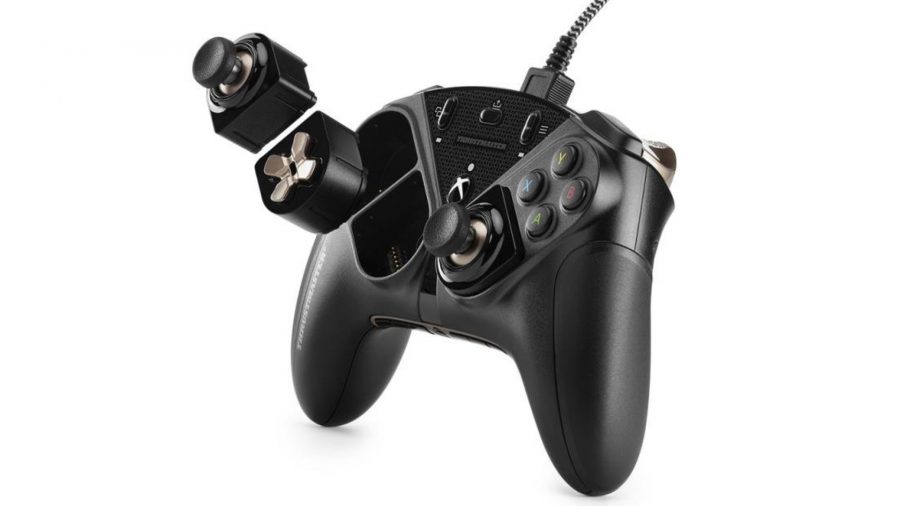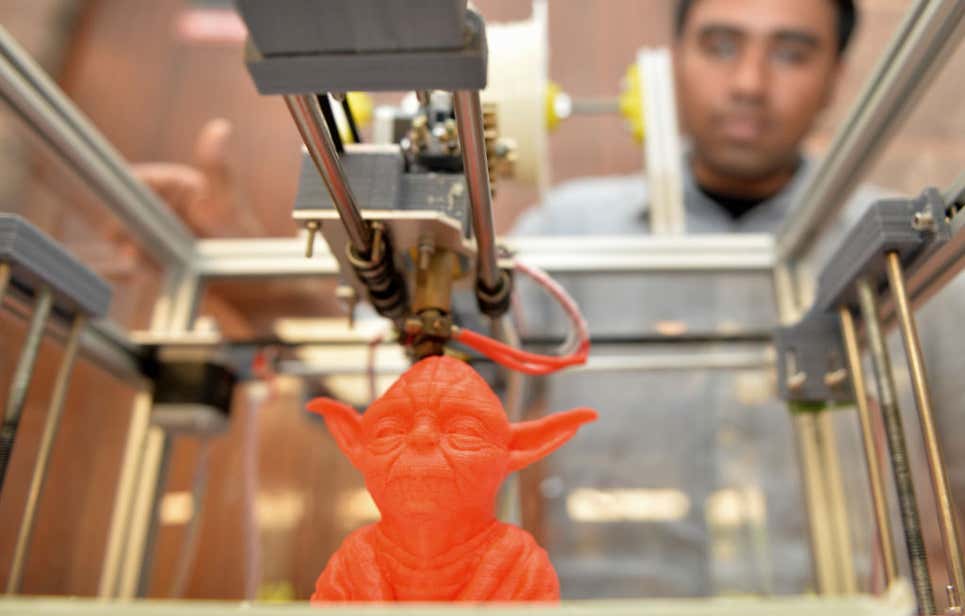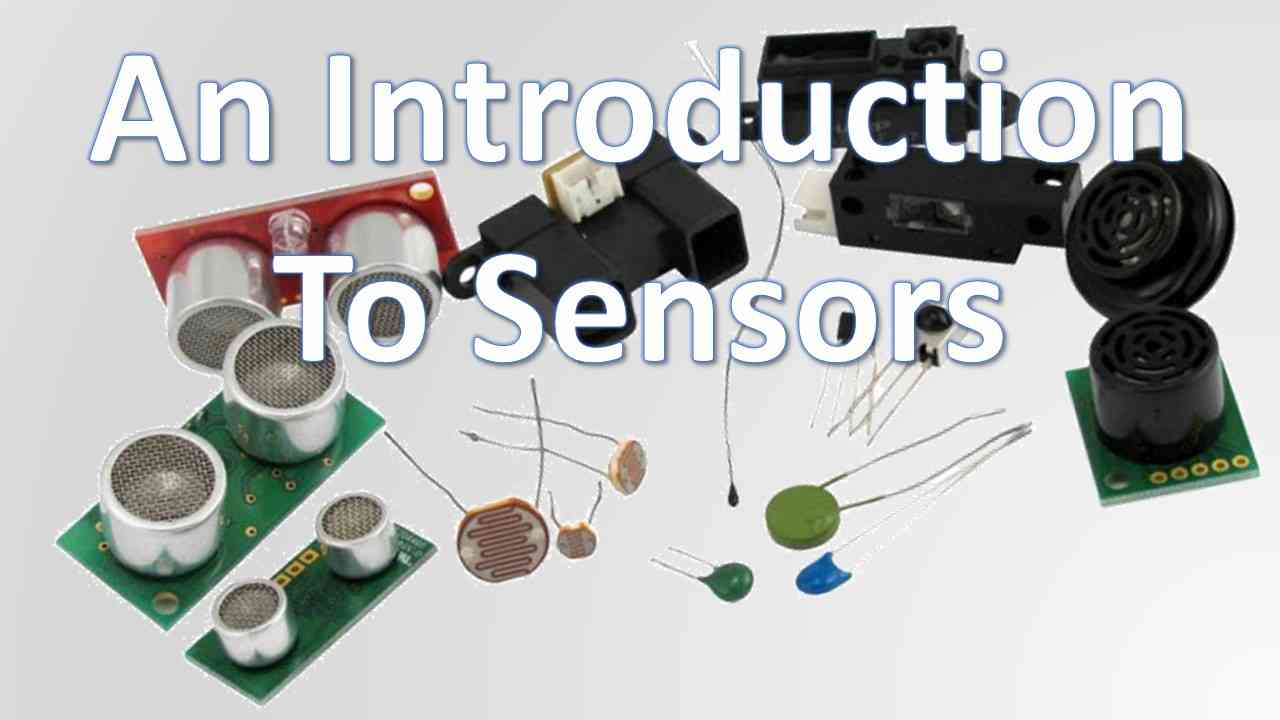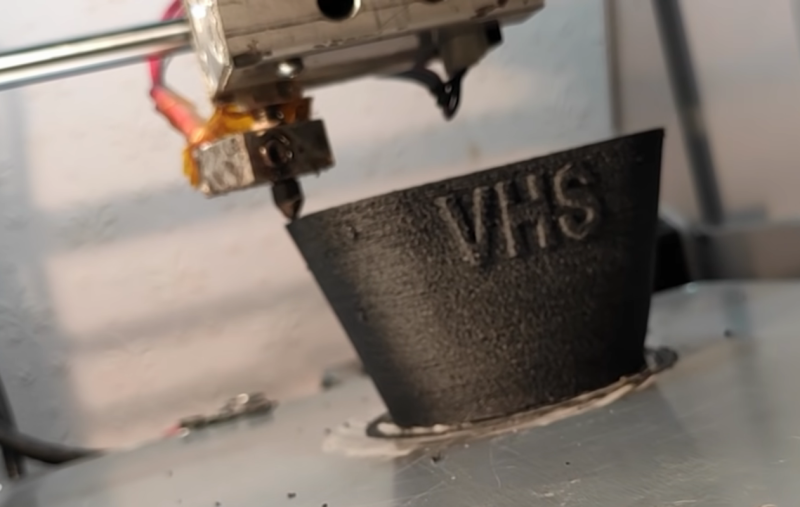Hello and Welcome to Tuesday newsday! Your number one resource for the entire weeks worth of VR news. Lots of fun news this week from VRChat completely breaking to Tundra Labs announcing new smaller, cheaper full body trackers to be coming soon AND a new Apple VR glove patent!
Technology
ThrustMaster Eswap X Pro review – is the future of controllers modular?
Look, we exist. There are PC players who prefer a controller over a keyboard and mouse for the majority of games, particularly in titles like Rocket League or racing games. The high-end gamepad market has gained traction over the past few years, with customisation becoming a key feature as brands compete for our sweaty paws. The latest brand to toss its hat into the ring is Thrustmaster, and its candidate, the ThrustMaster Eswap X Pro, is a $160 / £150 Xbox and PC-compatible pad with a modular design. Could this make our list of the best PC controllers?
The standout feature of the Eswap X Pro controller is its modular ecosystem, which Thrustmaster coins ‘T-MOD’ – meaning the thumbsticks, D-pad, side grips, and triggers can all be swapped to different positions, and with the additional purchase of colour packs, you can also tweak change the look of the controller.

Researchers Find a Faster, More Efficient Way to 3D Print
Two researchers at Penn State have created a new system for five-axis additive 3D-printing that reduces the amount and density of support materials needed for making printed objects.
In a paper entitled “Process planning for five-axis support free additive manufacturing,” doctoral candidates Xinyi Xiaoa and Sanjay Joshi proposed using a 3D printer with a movable build plate or extrusion arm to turn objects in 3D space as they’re printed, thereby making every surface “flat” as its being extruded.

New Off-Grid Solar Inverter Design Reaches 99.5% Peak Efficiency
Solar panels, while they can last for decades, can suffer from loss of efficiency when routed into your home. Instructables user MPaulHolmes has a fairly uncomplicated solution for off-grid solar systems to eliminate pulse width modulation, have bare minimum switching of the transistor, and maintain small total harmonic distortion.
The hardware requirements for this high-efficiency off-grid solar inverter are fairly simple — you will need to build a circuit that can independently control three separate H-bridges. The bill of materials for the prototype, as well as the software and schematic, are freely available should you contact the designer via email, or you can wait to purchase a newer version of the PCB that will soon be made public.
Invisible Network Device Reveals Machines’ Social Network
This portable device makes the invisible and autonomous communications of machines perceptible and tangible.
To get a better understanding of the ecosystem of networks, Wi-Fi in particular, ECAL (Ecole cantonale d’art Lausanne) University of Art and Design student Evan Kelly developed a portable device that visualizes a machines’ social network of sorts.
“Invisible Network is a portable device that makes the invisible and autonomous communications of machines perceptible and tangible. The way they interact with each other is akin to human communication modes, thus creating an entire social network of machines,” Kelly describes. “This device mediates between users and the machines around them. Via the screen, it transmits fragments of its continuous and silent communications in the form of human social metaphors.”
HID-Compliant UPS with Arduino
I’ve been playing with Arduino recently to see what it can do for me. I have an old “dummy” UPS, which cannot report its status to the host computer since there is no USB port on it. One of the projects I had in mind is to create “brains” for the dummy UPS with help of Arduino board. The purpose of such UPS brains would be to read internal UPS status by measuring remaining battery capacity, charging/discharging state, battery current, voltage etc. All these readings should be then passed through the USB interface and be interpreted by the host operating system of the computer in the same fashion as it is done with commercial smart UPS (say, by APC).
I did not want to mess with developing hardware drivers for my custom UPS and I wanted it to be “plug-and-play” so I decided, after some research, to implement a HID-compliant interface according to this specification. HID stands for “Human Interface Device” and was originally designed for keyboards, mice, joysticks and similar devices for human input, however it has been extended recently to support power devices such as UPS, batteries and chargers, which can benefit from using the HID standards for intelligent communication with the host computer.
How a Laser-Shot Disk Defeats Hackers & Pirates
Shooting Holes in Disks with a Laser is Incredible when it comes to Retro Copy Protection. Find out how in this episode of Coding Secrets.
Intro to Common Sensors You’ll Use in Your Projects
In the land of electronics, there are many different types of sensors.
If you start dabbling in electronics, it won’t be long before you end up needing/wanting to measure some sort of quantity like temperature, speed, light level, distance, sound, humidity etc.
This is especially true if you work with Arduino, RPi, PICs, or any sort of platform or microcontroller.
These days, there are many different electronic sensors to choose from. Given the pace at which technology advances and the myriad of sensors available, those new to electronics often find themselves confused about sensors and how to apply them.

How microwave body detectors work. With RF section schematic.
When I first took a microwave triggered lamp apart in a video I joked about the hidden chip being a standard PIR body sensor chip – and was then aghast to find that it WAS. Which meant that all the microwave signal generation and movement detection was being done by a single transistor and some cunningly designed PCB tracks.
I’ll openly admit that microwave circuitry is such a specialist area where the only people who truly understand it are those who work with that type of circuitry all the time. It’s not just a specialist area of electronics, but a specialist subsection of RF design where simple things like tracks stop behaving like conventional conductors.
3D Printing with VHS tape filament
If you have a pile of old VHS tapes collecting dust in your attic or basement that you know you’ll never watch again, either because all of those movies are available on DVD or a streaming service, or because you haven’t had a working VCR since 2003, there might be a way of putting them to good use in another way. With the miles of tape available in just a few cassettes, [Brother] aka [Andrew] shows us how to use that tape as filament for a 3D printer. (Video, embedded below.)
The first step of the build is to actually create the filament. He uses a purpose-built homemade press to spin several tapes into one filament similar to how cotton or flax is spun into yarn. From there the filament is simply fed into the 3D printer and put to work. The tape filament needs to be heated higher than a standard 3D printer filament so he prints at a much slower rate, but the resulting product is indistinguishable from a normal print except for the color. It has some other interesting properties as well, such as retaining its magnetism from the magnetic tape, and being a little more brittle than PET plastic although it seems to be a little stronger.

